The Artistry of Paint: How Interior Designers Master Color

In the world of interior design, every element plays a crucial role in shaping the ambiance and personality of a space. Among these, paint color stands out as a powerful tool for transforming a room from mundane to magnificent. Interior designers, with their keen eye for aesthetics and understanding of color psychology, are the unsung heroes behind the perfect paint palette. Let’s delve into how we wield our knowledge to create stunning living environments.
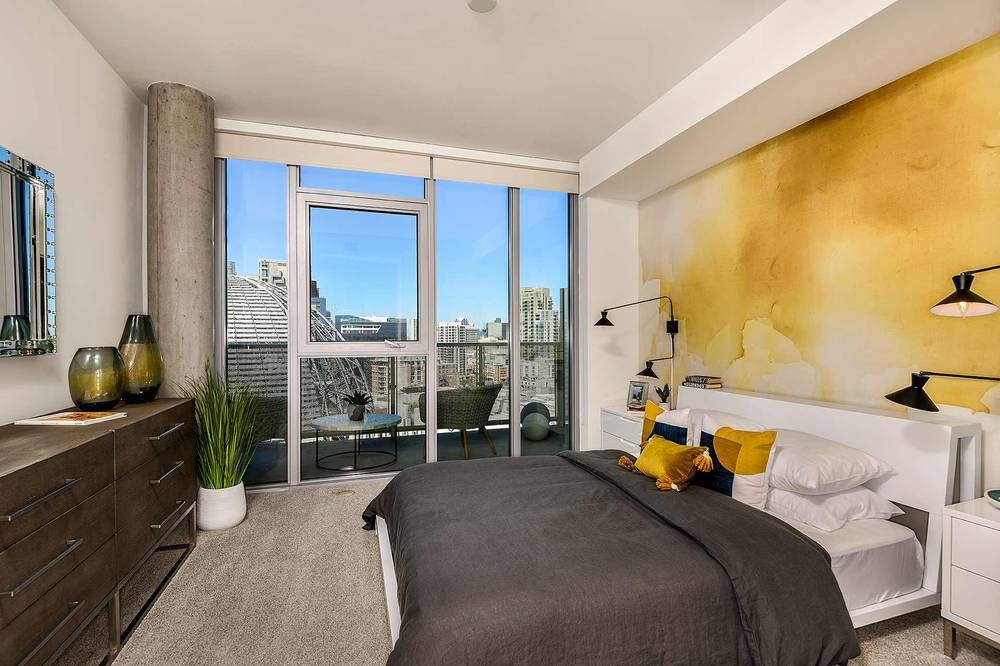
Understanding the Psychology of Color
In home design, the psychology of color plays a pivotal role in shaping the mood and ambiance of a space. Each color evokes distinct emotions and influences human behavior in subtle yet profound ways. Warm tones like reds, oranges, and yellows stimulate energy and excitement, making them ideal for social areas like living rooms or dining spaces. Cool hues such as blues, greens, and purples promote relaxation and tranquility, making them well-suited for bedrooms or reading nooks. Neutral colors like whites, grays, and beiges provide a sense of balance and versatility, allowing for easy customization and adaptation to various design styles. Even if clients struggle to articulate specific hues, insights gained from these discussions provide valuable guidance for designers in crafting personalized color schemes. Delving into the effects of popular colors in more detail equips designers with the knowledge needed to make informed decisions and bring their design visions to life. By understanding the psychological effects of different colors, we can create environments that not only look beautiful but also nurture desired feelings and experiences within your living spaces.
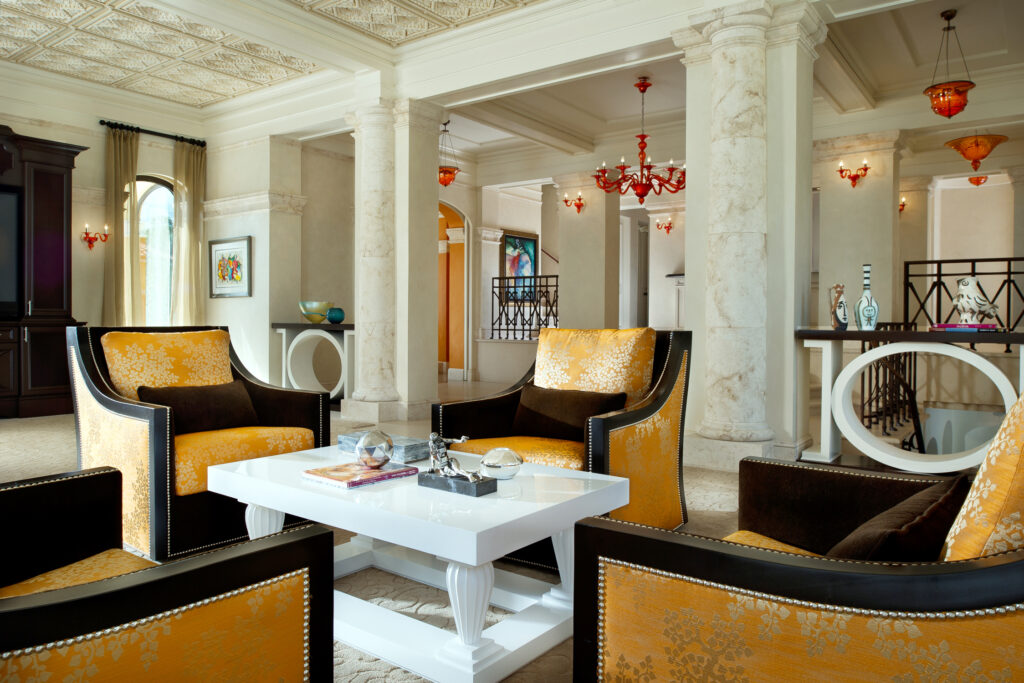
Harmonizing with the Environment
One of the key skills of interior designers is the ability to harmonize paint colors with the surrounding environment. They take into account factors like natural light, architectural features, and existing decor to select hues that complement and enhance the space. By considering the interplay between light and color, designers can create rooms that feel cohesive and inviting throughout the day.
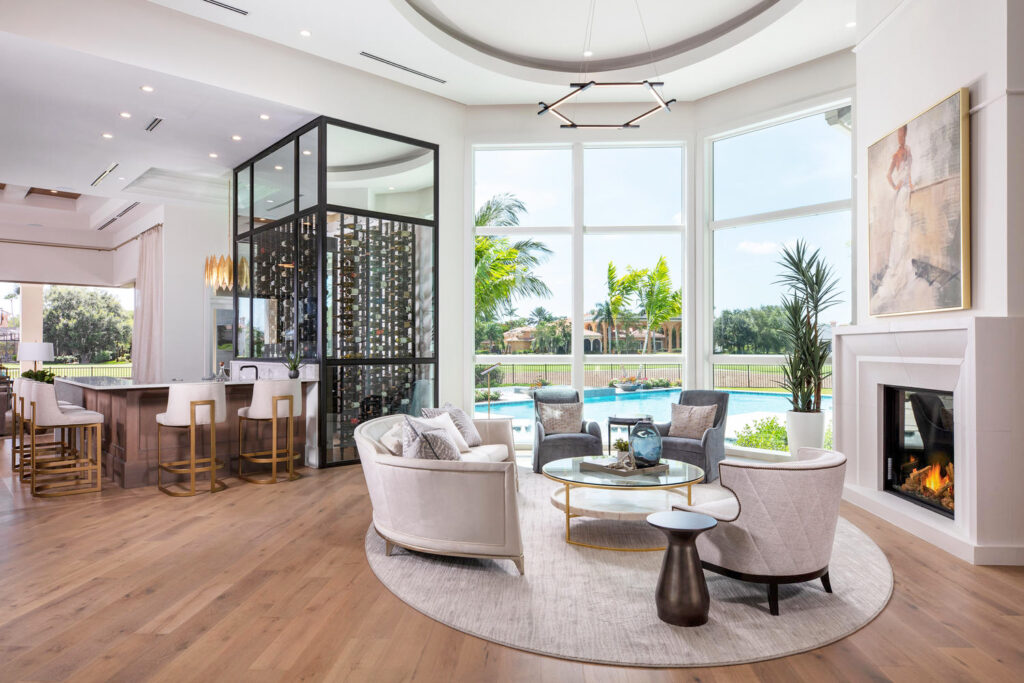
Customizing for Clients’ Needs
Every client has unique tastes, preferences, and lifestyle requirements. Interior designers excel at translating these individual characteristics into personalized color schemes. Through careful consultation and collaboration, they identify clients’ aesthetic sensibilities and design aspirations, ensuring that the chosen paint colors reflect their personality and fulfill their functional needs.
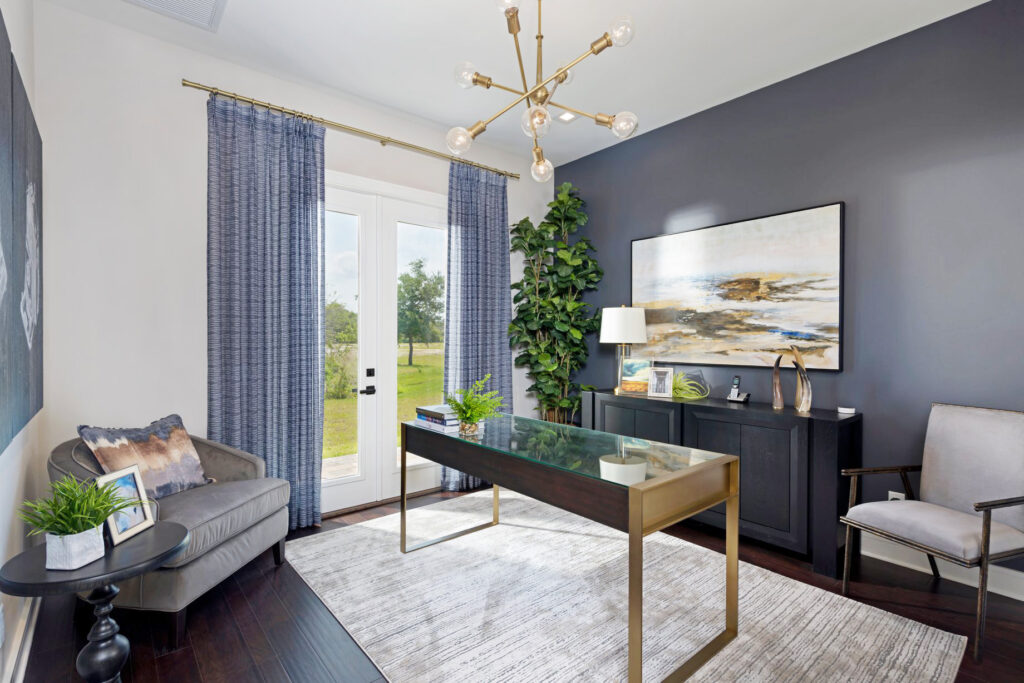
Balancing Trends with Timelessness
While staying attuned to current design trends, interior designers also possess a keen sense of timelessness. They understand that trends come and go, but classic color combinations endure. By striking a balance between contemporary palettes and timeless hues, designers create spaces that feel both current and enduring, ensuring long-term satisfaction for their clients.
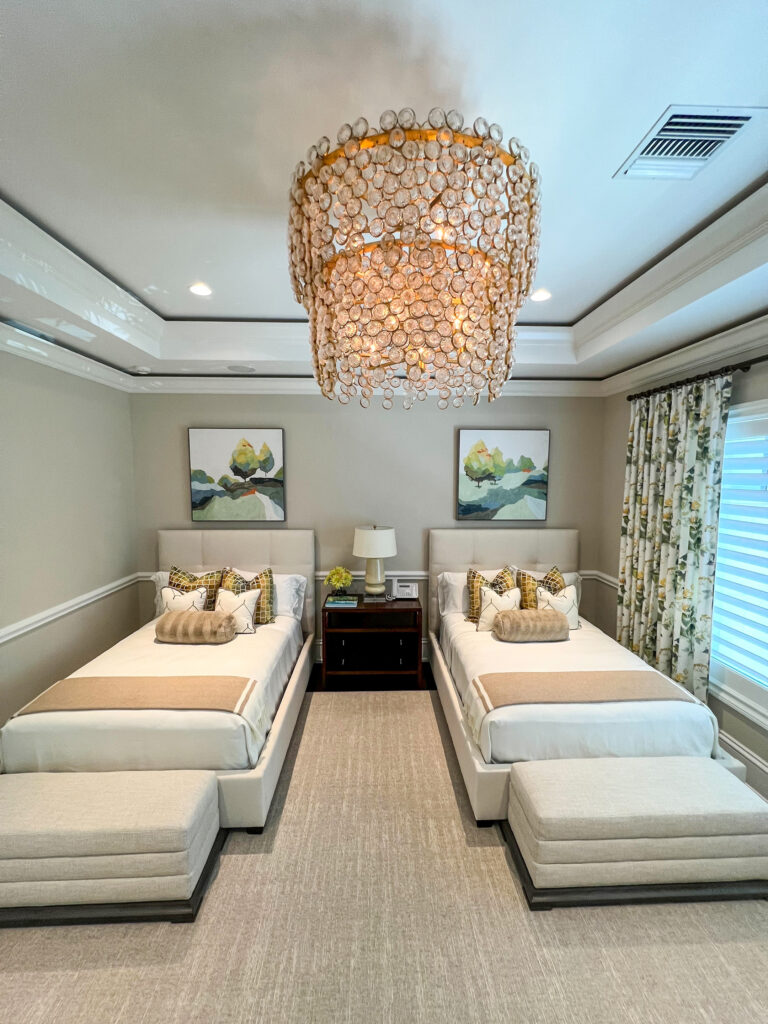
Experimentation and Innovation
Interior designers are fearless innovators when it comes to paint colors. They aren’t afraid to think outside the box, experiment with bold hues, or mix unexpected combinations to achieve striking effects. Through their creativity and imagination, designers push the boundaries of conventional color usage, transforming ordinary rooms into extraordinary works of art.
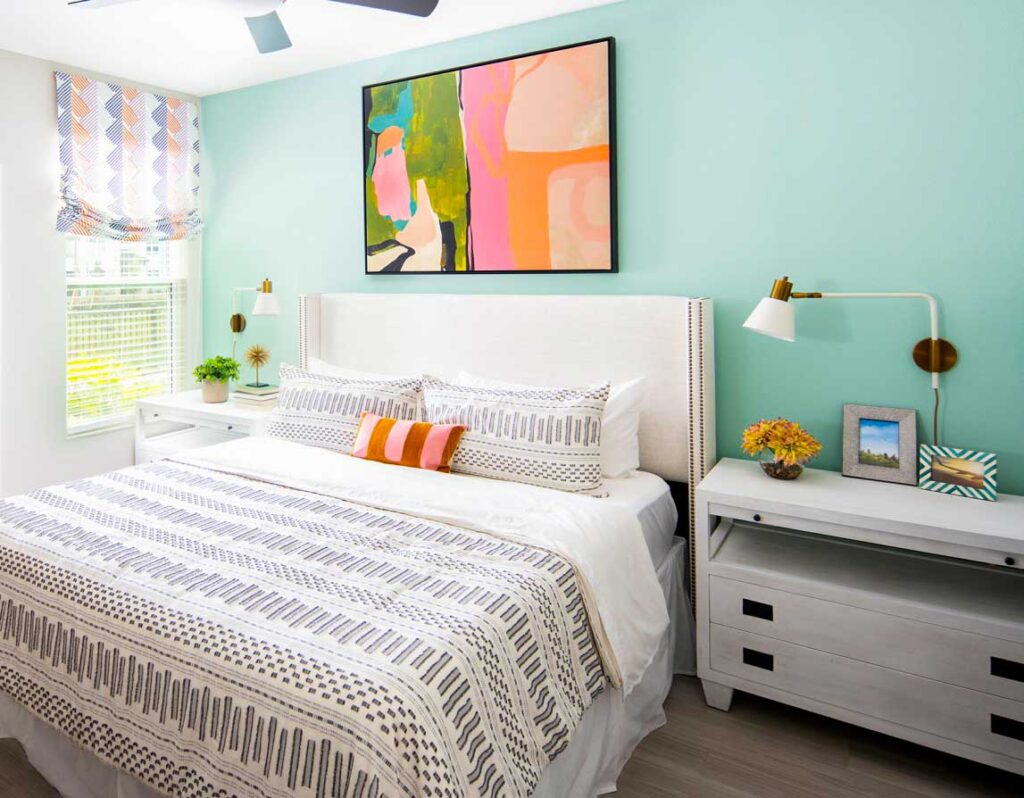
In the hands of an interior designer, paint color becomes more than just a decorative element—it becomes a transformative force that shapes the atmosphere and character of a space. With their expertise in color psychology, environmental harmony, client customization, trend awareness, and creative innovation, designers elevate paint selection to an art form. So, the next time you step into a beautifully designed room, take a moment to appreciate the skillful mastery of color wielded by these unsung heroes of interior design.


